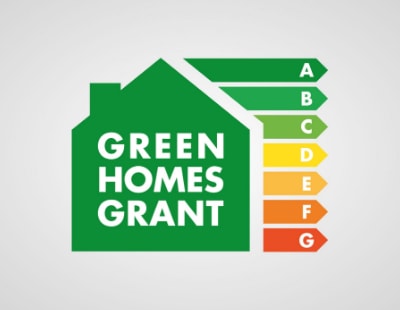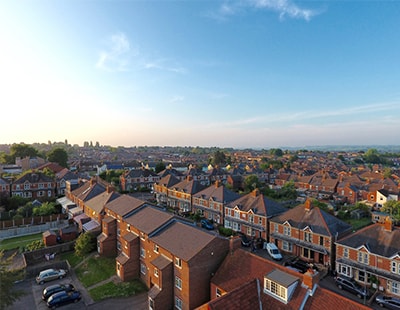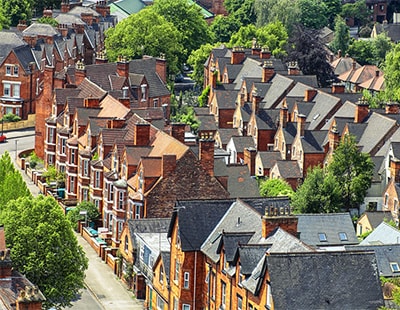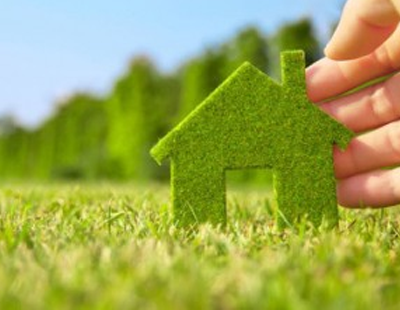The scheme was clearly made with good intentions, but the recent research from the National Audit Office (NAO) has now shown that the scheme has created administration costs of over £1,000 for some homeowners.
The recent controversy surrounding the scheme
So, what went wrong? The scheme can be seen as another idealistic government scheme that hasn’t worked out. For example, the Stamp Duty Holiday had good intentions to make homes more affordable for first-time buyers but contributed to house prices soaring to a record high of £262,954. This scheme too was also built on an ideal, without much consideration on how it would impact homeowners.
When the government announced the scheme, it was promised that it would offer over 600,000 households to save up to £600 on their bills. However, the initiative has so far benefited only 47,500 homes, following homeowners complaining about delays for vouchers, and problems finding certified tradespeople.
Recent figures from the ONS Construction Output figures also show that construction orders had increased by 17.6% in June, yet output had fallen by 1.3% in the same month. What we see is an industry trying to bounce back from the strain Covid-19 restrictions put on international imports of materials, and the government clearly has not factored this in when announcing the scheme.
How can you make your home more sustainable?
We know the government scheme may not have fulfilled its promises, yet there are many ways homeowners can raise the sustainability of their home - and in the long run, save on bills. Green homes are becoming high on the checklist for buyers so not only are these changes help you save on bills but can further raise the value of your property in the long term.
So how can you take your property’s sustainability into your own hands?
1. Insulation and windows
Winter can be especially expensive for homeowners, as tenants are going to be reaching for the thermostat in the coming months. Considering 40 percent of homes heating loss is through lack of insulation, insulation is a great investment for homeowners to save on their bills and the environment. Although the upfront cost can start from £250, in the long run, you can expect to save around £150 a year on bills.
Furthermore, 10 percent of a home's heating can be lost through windows, and therefore triple or double-glazed windows can reduce this.
2. Appliances and lighting
Using energy-efficient appliances can make a massive impact on the sustainability of your home. So, if you’re on the market for a new washing machine or tumble dryer, make sure to look at the energy rating on the appliance which ranges from A-G. Top tip: A is marked as the most sustainable rating.
Furthermore, using energy-efficient bulbs can also make a massive difference in your energy output. These bulbs can last up to 10 times longer than traditional bulbs and can help save you money on your electricity bills.
3. Decorating Choices
Paint isn’t the first thing people think of when considering sustainability in the home. However, conventional paints contain harmful chemicals such as formaldehyde and plastics, which are released into the home environment. Check the label to see if the paint is free from acrylics, oils and vinyls, labelled as non-toxic, and whether it is crafted from more natural materials, like clay.
4. Energy Generation
If you are looking to invest in sustainability long term, solar power is the perfect way to do so. As a renewable energy source, solar makes a massive difference to your carbon and greenhouse gas emissions. The average set of solar panels cost between £2500 to £8000 including insulation cost and need maintenance approximately every 25 years.
Plus, unless you live in Northern Ireland or Wales you do not need planning permission for this. Although, if you live on a heritage site you will need to get in touch with your local council as different rules apply.
5. Renewable heating systems
Renewable heating systems such as air source heat pumps are a renewable heating alternative for your home that can act as a replacement for a traditional gas boiler. In short, ground-source heat pumps use buried pipes to extract heat from the earth for your home’s heating and hot water circuits.
With a gas boiler ban, these heating systems are a way of futureproofing your home and are therefore a worthy long-term investment.
Hopefully, the government will think more thoroughly about future green schemes so that as a country we can collectively work towards creating more sustainable homes, and a more sustainable society. However, we hope these sustainability tips can assist homeowners in raising the sustainability of their homes in the meantime
*Ross Counsell is a Chartered Surveyor and Director of GoodMove










.png)









Join the conversation
Be the first to comment (please use the comment box below)
Please login to comment